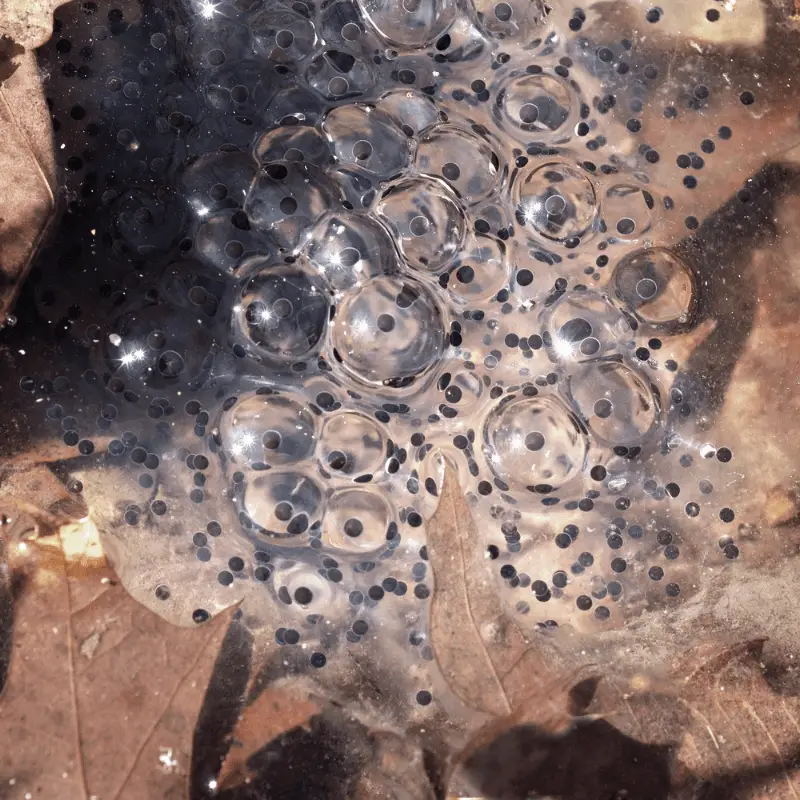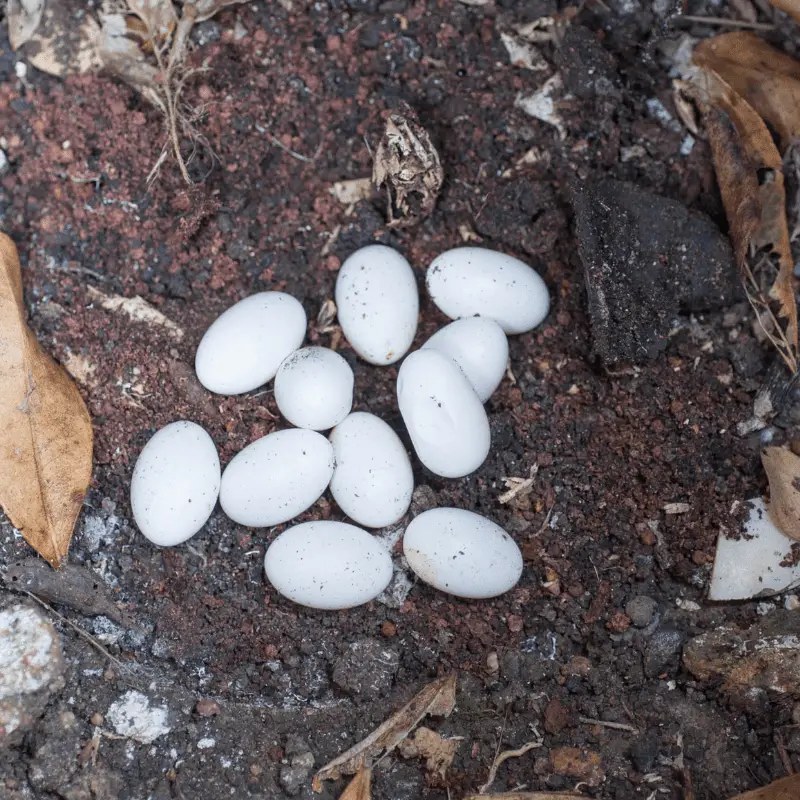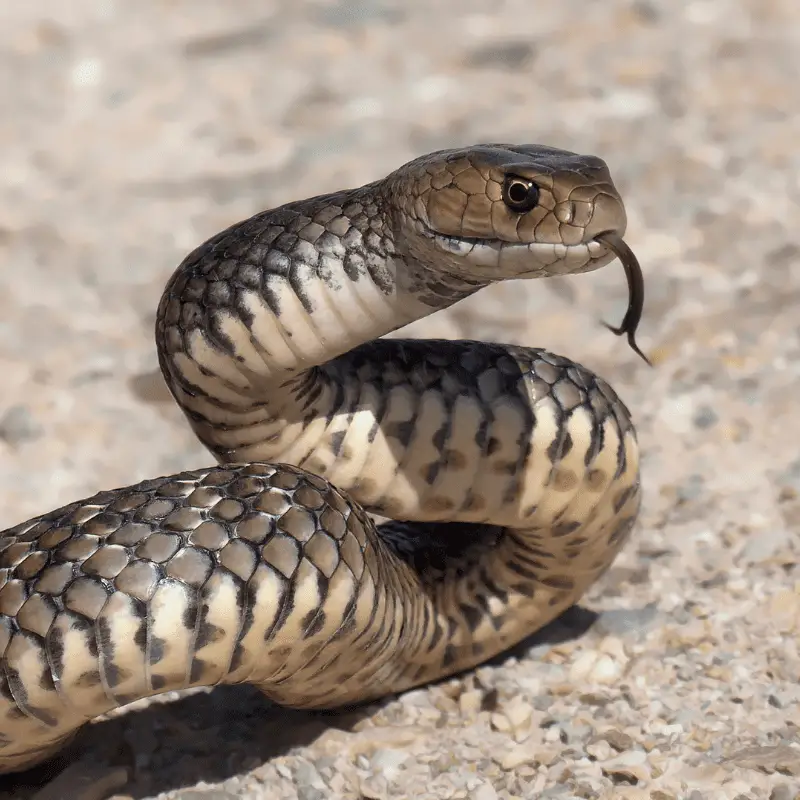The amphibians and reptiles share some common qualities. So, it is only natural to question which species belongs to which class of animals. For example, is a frog an amphibian or a reptile? How about a salamander or a snake?
No, snakes are not amphibians. Just like crocodiles and lizards, snakes are one of the most feared and perhaps most misunderstood reptiles. However, snakes do share a common feature with amphibians. Like them, snakes can swim in the water and move on the land with the same agility. Other than this, snakes do not share any other behavioural characteristics with amphibians.
The Similarities between Snakes and Amphibians
The similarities between the snakes and the amphibians create confusion. So, if you want to know why the snakes are not amphibians, you need to understand the similarities first.
Both the amphibians and the snakes are ectothermic. That means both of them are cold-blooded animals. Other than this, most adult snakes and amphibians breathe through the lungs. In addition, both of these animals are vertebrates. That means they have a fully grown backbone.
The Differences between Snakes and Amphibians
Now that you have understood the similarities between the snakes and the amphibian animals let’s check out the differences.
Relationship with Water
One of the most significant differences between amphibians and snakes is their relationship with water. Amphibians cannot live without water. Therefore, they need to have water in their habitat. The reason is that every amphibian spent a significant part of their life cycle in water. Snakes, on the other hand, are not dependent on water. However, you can find snakes living near water bodies and spending quality time swimming in the water. But, their life cycle is not dependent on the water. Like all other animals, snakes only need water to live a healthy life.
Take frogs, for example. Frogs belong to the amphibian class. The adult frogs spend most of their time on land. But in the larval stage, they need to live in the water. Snakes, on the other hand, belong to the class reptile. Even though some snakes live in water, most of the snakes are terrestrial. You can find many snake species in the desert area.
Skin
The difference between the snakes and the ambience is also reflected in their skin type. The snakes have scaly skin. The scales on their skin help them to survive in dry and hot climates. In addition, the scales help the snakes to retain moisture and survive even the harshest weather in the desert.
Amphibians, on the other hand, have delicate, thin skin, which they use for breathing. The skin of amphibian animals is porous. That is one reason why these animals are susceptible to pollutants and other toxins in the water. The presence of frogs or other amphibians in a particular region signifies a good environment and water quality.
The scales of the snakes protect them from such pollutants. That is why toxins cannot penetrate their bodies and affect snakes. That is one of the main reasons you can find sea snakes, but you cannot find any amphibians living in saltwater.
The skin of the amphibian is full of small glands. These glands produce toxic elements. The amphibians use these toxic elements as a defence mechanism to repel their predators. While some snakes have venom in their fangs, you cannot find any such toxin-producing glands on the snakes’ skin.
Eggs
Both snakes and amphibians lay eggs. However, there is a big difference between their eggs. The eggs that the amphibian lay lack an amnion. It is a kind of membrane that makes it possible for the animals to lay eggs on the land. The animals that give birth to live babies develop an amniotic sac around them. The amnion of the eggs keeps the fluid in place while allowing oxygen exchange. It also makes sure that the embryo is surrounded by essential fluids when it grows. As the eggs develop, it absorbs moisture from its surroundings to maintain the amniotic fluid’s quality.

The eggs of the snakes are different from the amphibians. The eggs of the snakes are coated with a brittle or leathery coating. The animals that hatch from these eggs are the miniature versions of their parents.

The amphibian eggs, on the other hand, are transparent and have a jelly-like consistency. As a result, the animals of the amphibian egg do not look similar to the adult animals. This is because they still have to go through different metamorphosis phases to look like an adult amphibian. For example, a tadpole needs to go through multiple stages of change to become an adult frog.
Feeding
Snakes and most amphibians are carnivorous. That means they live on animal protein. The prey of the snakes ranges from tiny insects to more giant mammals.
Most amphibians, like frogs, have bumps in the roof of their mouth. They also have teeth like bony structures in their gums. The snake’s mouth, on the other hand, is covered with rows of sharp tiny teeth. These teeth help the snakes grasp their prey and push it inside their bodies to swallow it whole.
Some of the snake species have more than 200 teeth. Even though both snakes and amphibians have a teeth-like structure in their mouth, they do not chew on their prey. Reptiles, like crocodiles and alligators, also swallow their food whole or in more significant portions.
The jaws of the snakes are hinged. That means they can open their mouth to swallow prey. That is why they can consume animals that are more than three to four times the size of their head.
Limbs
Snakes do not have visible limbs. That is why they are known as limb-less animals. However, they have vestigial limbs. Amphibians, on the other hand, have full-grown limbs, which they use to fend for themselves.
Now that you know the difference between snakes and amphibians, it is easier to know which species is an amphibian or a reptile. Still, in doubt, take a look at these characteristics of an amphibian; you will notice that the snake is a completely different creature.

